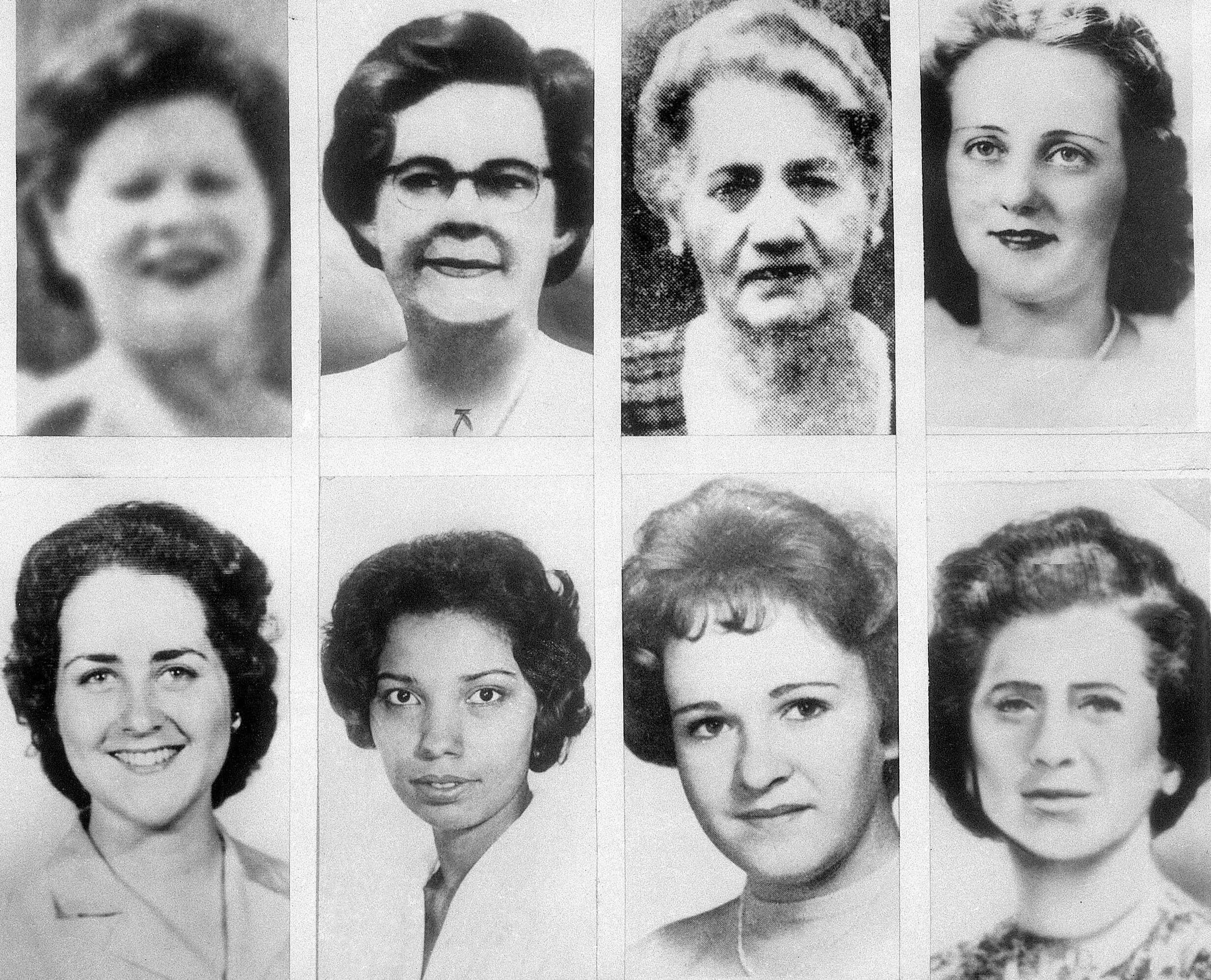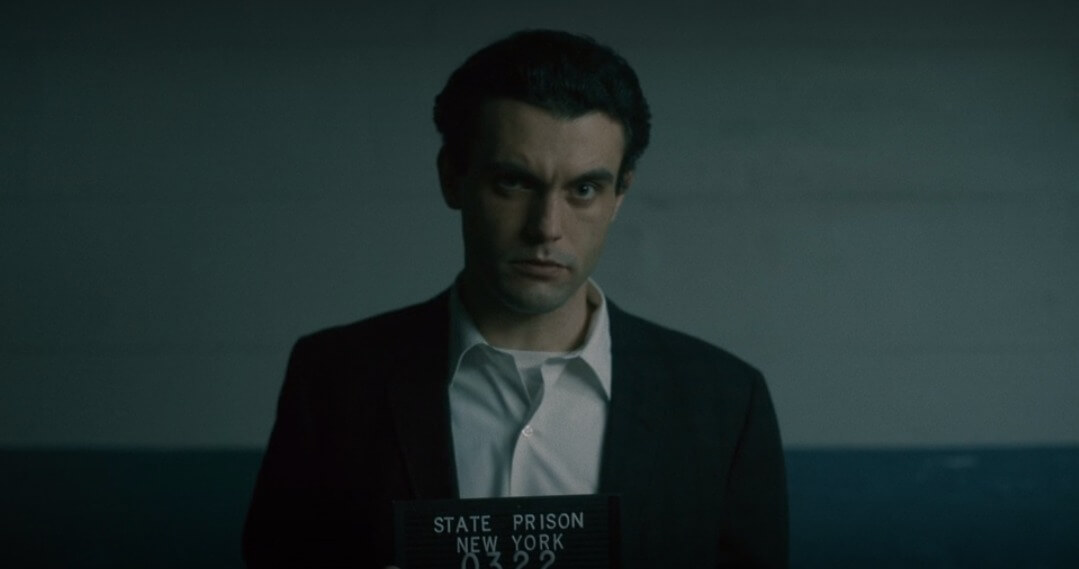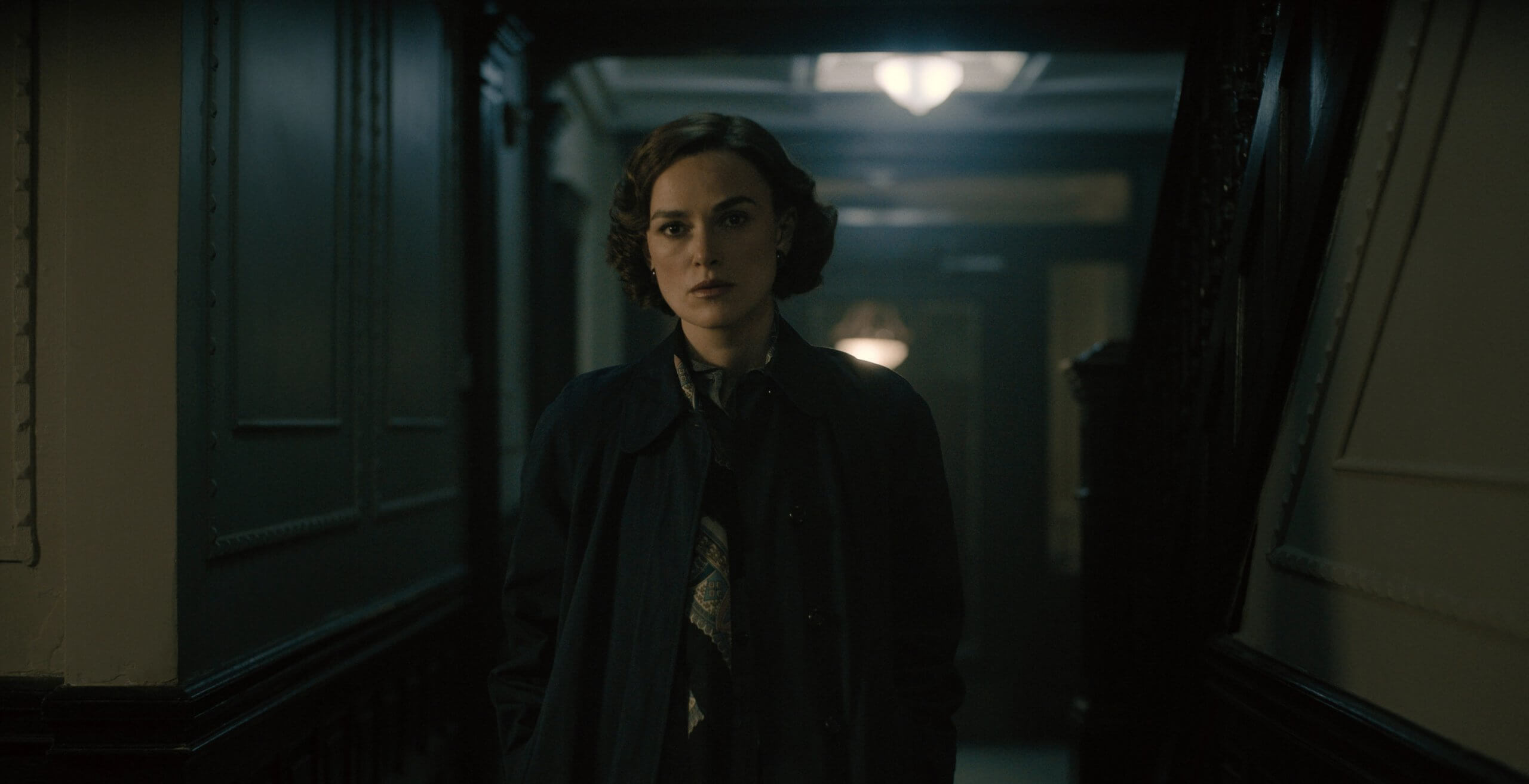Boston Strangler follows the story of two investigative reporters looking into the crimes of the titular serial killer. The film takes the audience through many twists and turns in the case, along with the tug-of-war between the media and the police department, the case details, and the investigation method. Loretta McLaughlin and Jean Cole dedicate themselves to uncovering everything about the murders and pinpointing the identity of the murderer. There are several suspects in the case, one of whom, Paul Dempsey, fits the pattern of the initial murders. If you want to learn more about him, we’ve got you covered.
Linski hypothesized that Dempsey was the Boston Strangler, but the police in Boston refused to take his accusations seriously. His investigation revealed that Dempsey had previously been suspected of strangling an elderly woman to death in Maine four years prior to the Boston Strangler's first crime. He believed that Dempsey was in the city for the initial five murders that shared similar characteristics. After further research, Loretta concluded that it was likely that Dempsey had been the original Boston Strangler.
The killing of older white women by strangulation was an unbroken pattern, and Dempsey was never implicated in killing women in any other age group. This means that he did murder the first five victims and then moved on to New York. This explains why there was a break of a couple of months before the subsequent murder and why there was a pattern break. The rest of the murders were committed by other people, all copycats.
Related: Was George Nassar the Boston Strangler? Detail Explained
The following seven victims were younger women ranging from 19 to 23 years of age. These victims were also strangled, but the modus operandi was different. The scarf was not tied around the neck of the victims and they were also of different races. This led to the speculation that multiple killers were responsible for the thirteen murders.
When Albert DeSalvo confessed to killing all thirteen women, some people were satisfied with the answer. But then, his confession was said to have a few discrepancies. It was theorized that the details he got correct could be the ones he read in the newspapers, considering how extensively the case was being covered in the newspapers. Later, a man who had been in the same ward as DeSalvo claimed that he had overheard DeSalvo and others discussing the details of the case, polishing his confession before he talked to the police.
Aubtu.biz is a website that provides you with sport updates and Entertainment news to brighten your day. Don’t hesitate to visit our site to know more about TV & Movies.
#1. What is Boston Strangler about?
 Source: ABC News
Source: ABC News
#2. Was Paul Dempsey the Boston Strangler?
 Source: Distractify
Source: Distractify
Linski hypothesized that Dempsey was the Boston Strangler, but the police in Boston refused to take his accusations seriously. His investigation revealed that Dempsey had previously been suspected of strangling an elderly woman to death in Maine four years prior to the Boston Strangler's first crime. He believed that Dempsey was in the city for the initial five murders that shared similar characteristics. After further research, Loretta concluded that it was likely that Dempsey had been the original Boston Strangler.
The killing of older white women by strangulation was an unbroken pattern, and Dempsey was never implicated in killing women in any other age group. This means that he did murder the first five victims and then moved on to New York. This explains why there was a break of a couple of months before the subsequent murder and why there was a pattern break. The rest of the murders were committed by other people, all copycats.
Related: Was George Nassar the Boston Strangler? Detail Explained
#3. Is Paul Dempsey Based on a Real Serial Killer?
 Source: The US sun
Source: The US sun
The following seven victims were younger women ranging from 19 to 23 years of age. These victims were also strangled, but the modus operandi was different. The scarf was not tied around the neck of the victims and they were also of different races. This led to the speculation that multiple killers were responsible for the thirteen murders.
 Source: Distractify
Source: Distractify
When Albert DeSalvo confessed to killing all thirteen women, some people were satisfied with the answer. But then, his confession was said to have a few discrepancies. It was theorized that the details he got correct could be the ones he read in the newspapers, considering how extensively the case was being covered in the newspapers. Later, a man who had been in the same ward as DeSalvo claimed that he had overheard DeSalvo and others discussing the details of the case, polishing his confession before he talked to the police.
Aubtu.biz is a website that provides you with sport updates and Entertainment news to brighten your day. Don’t hesitate to visit our site to know more about TV & Movies.